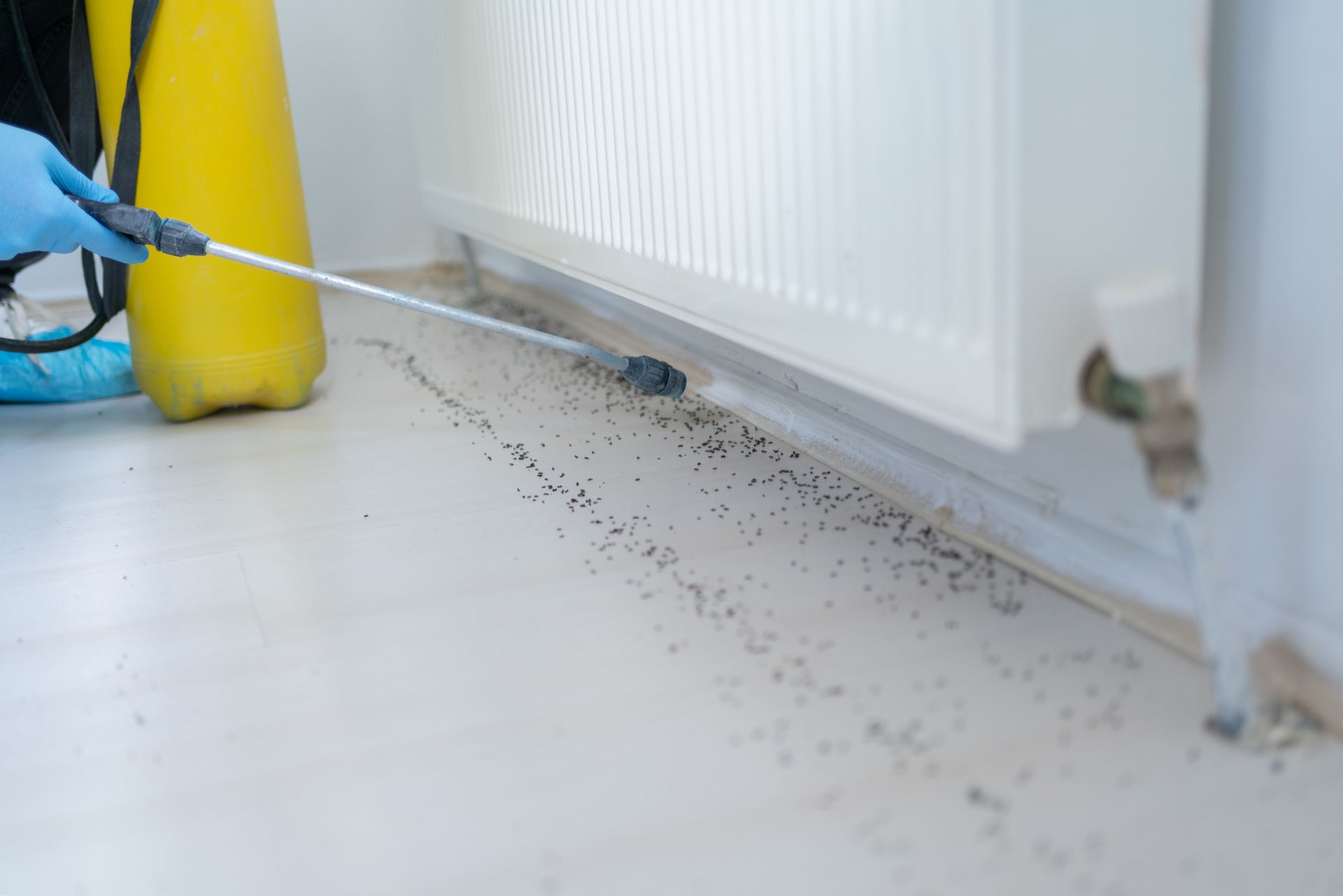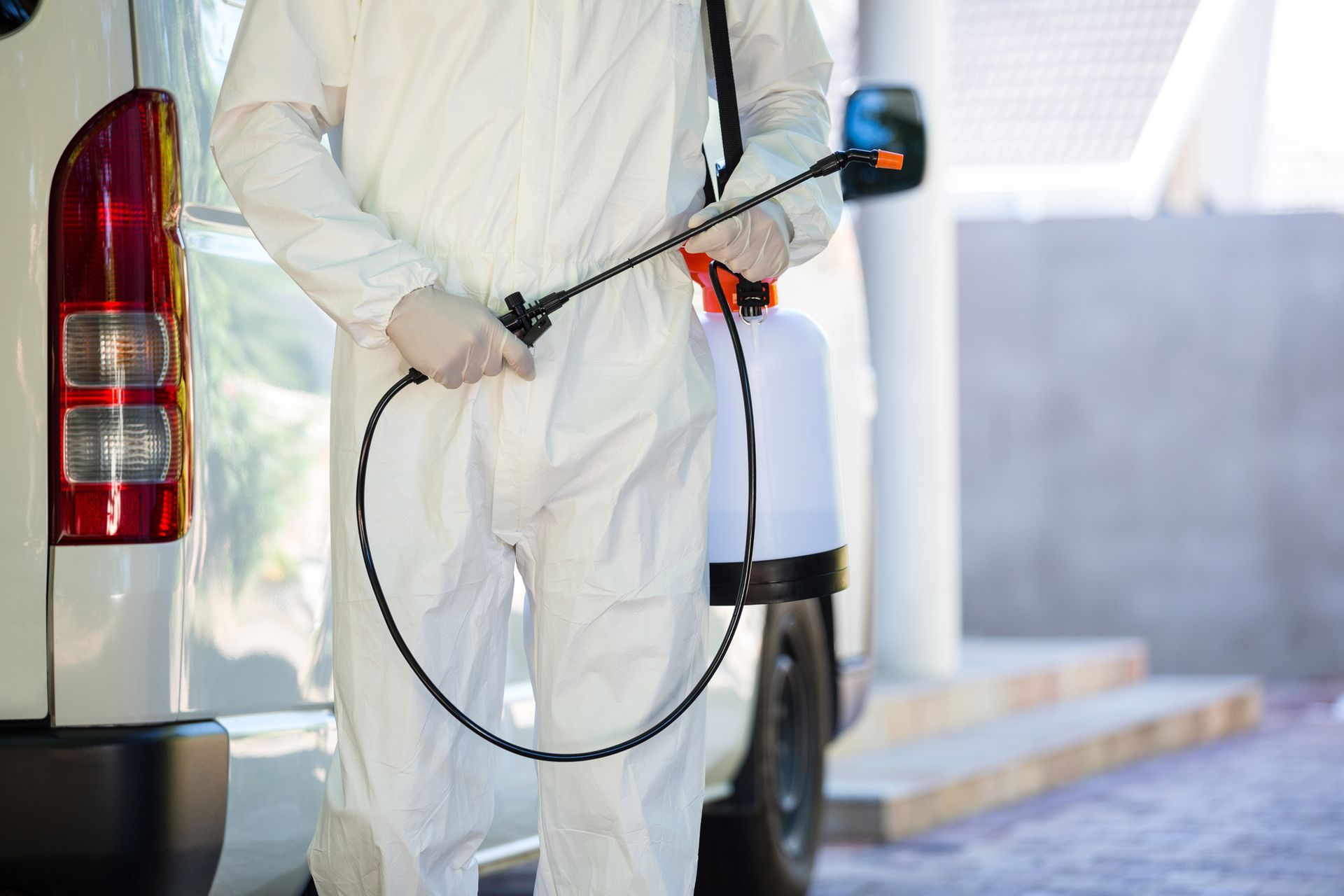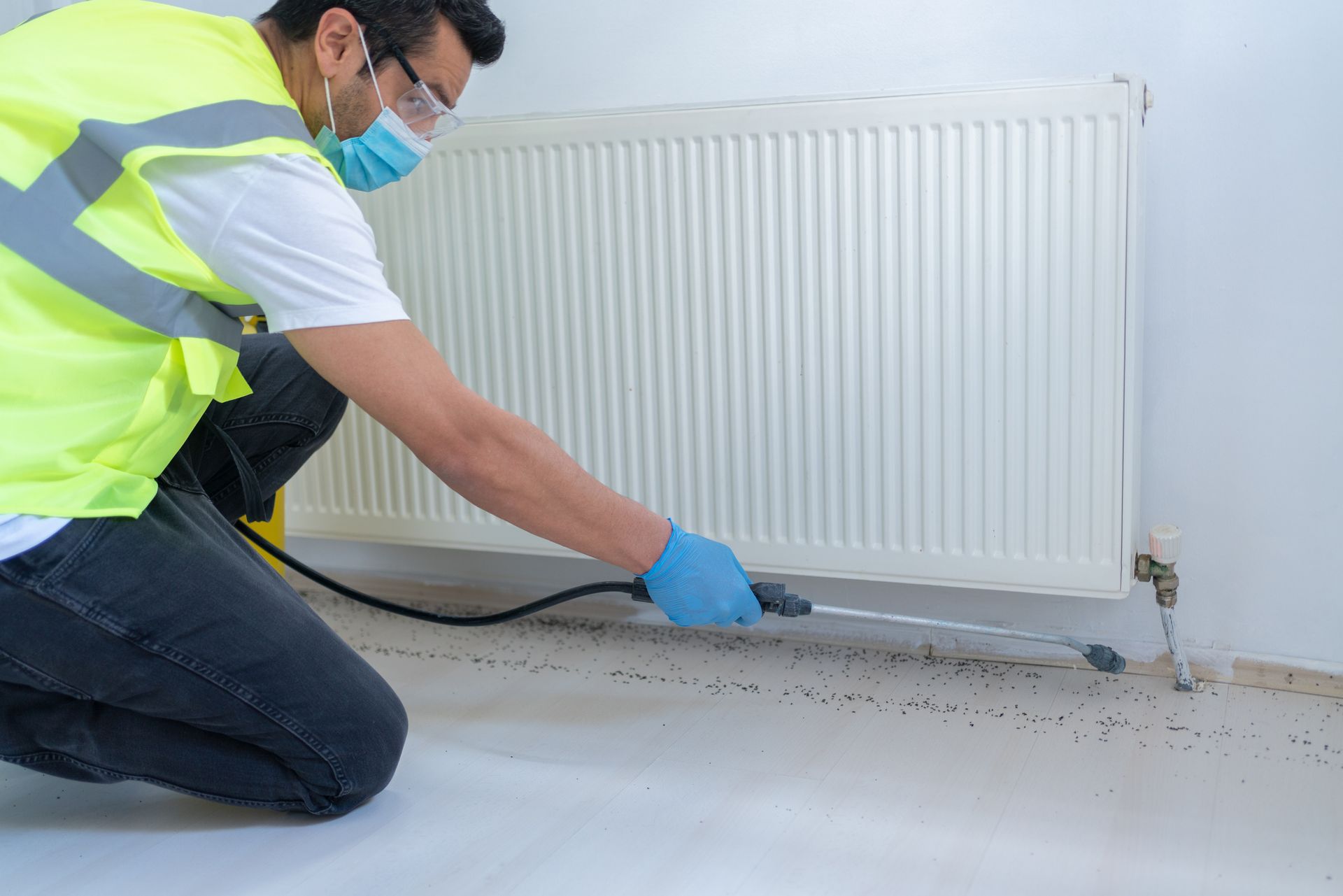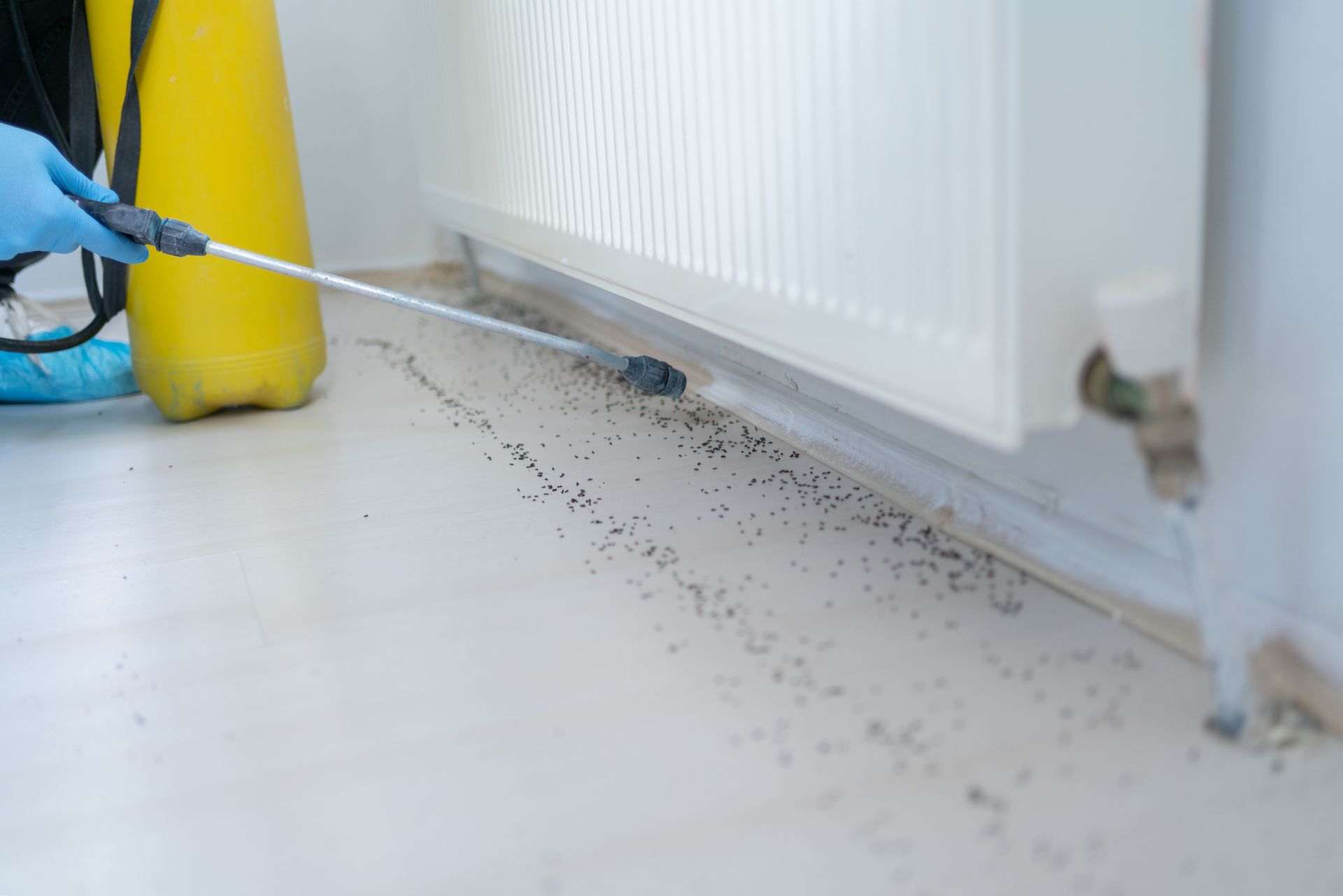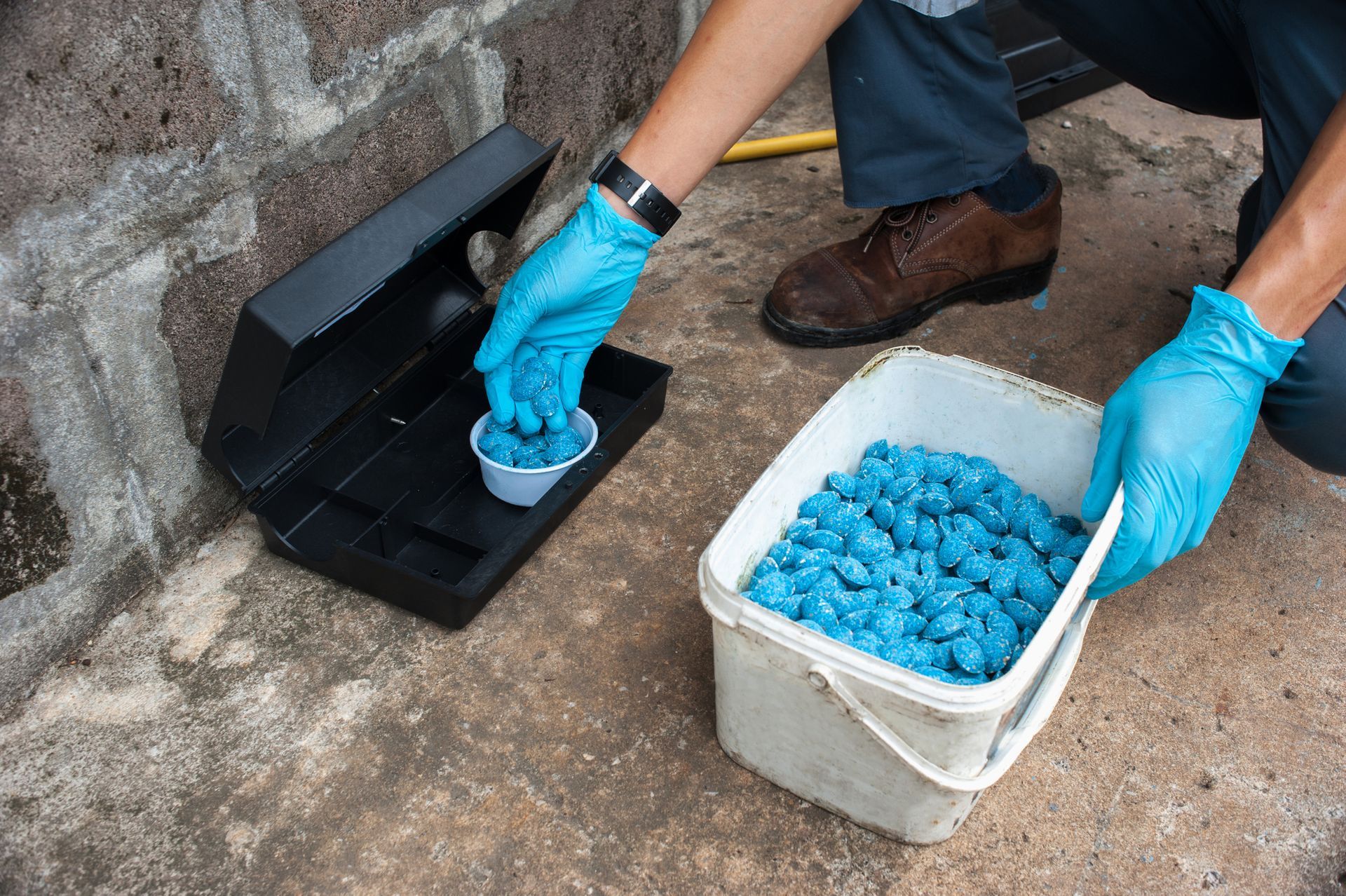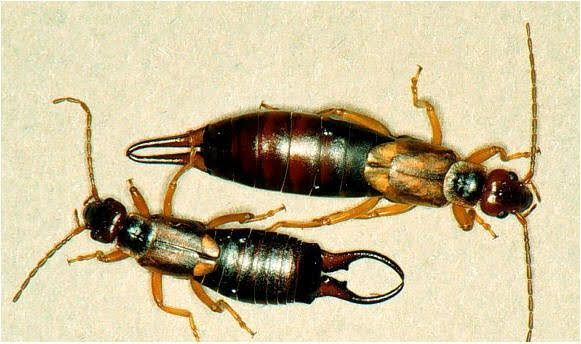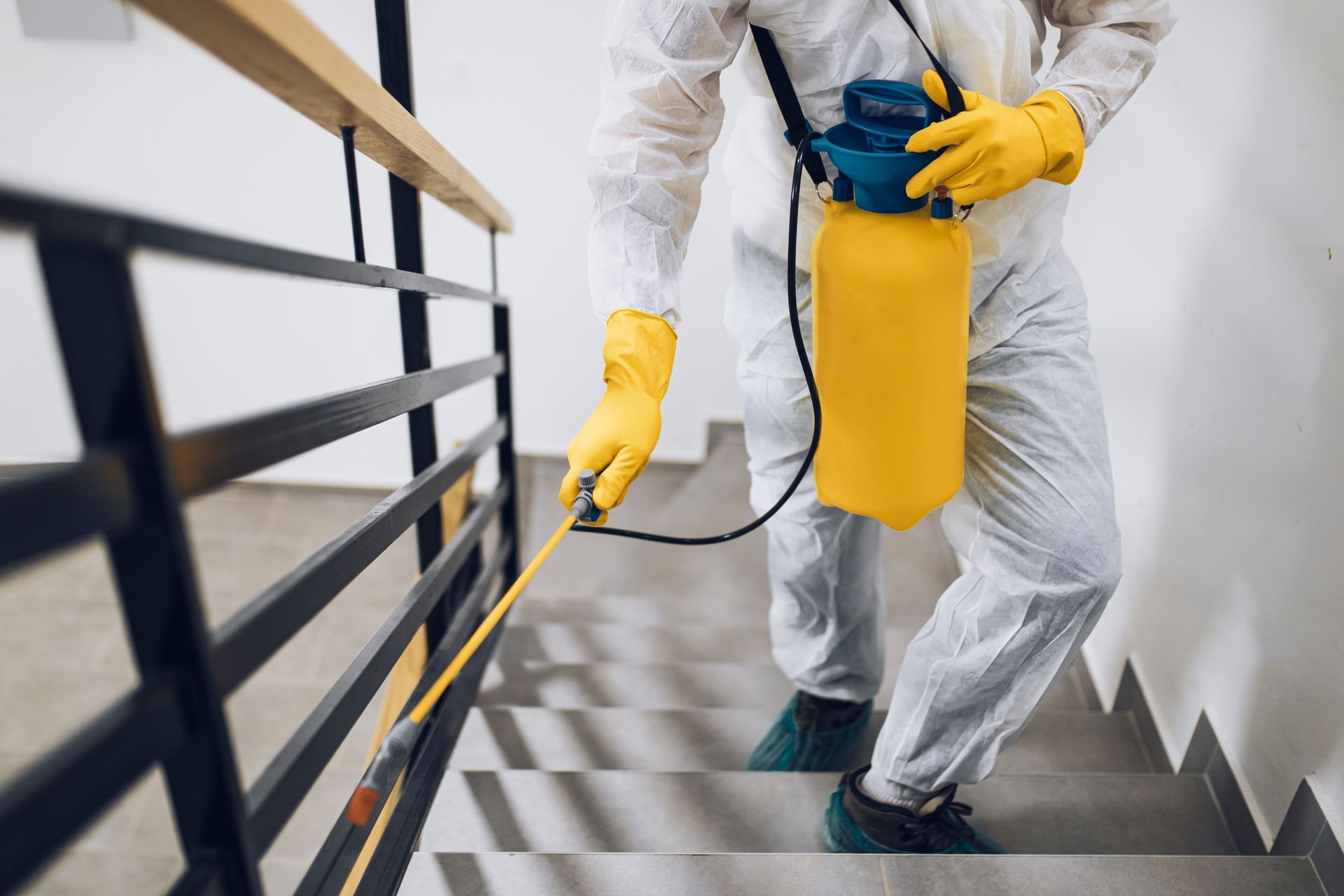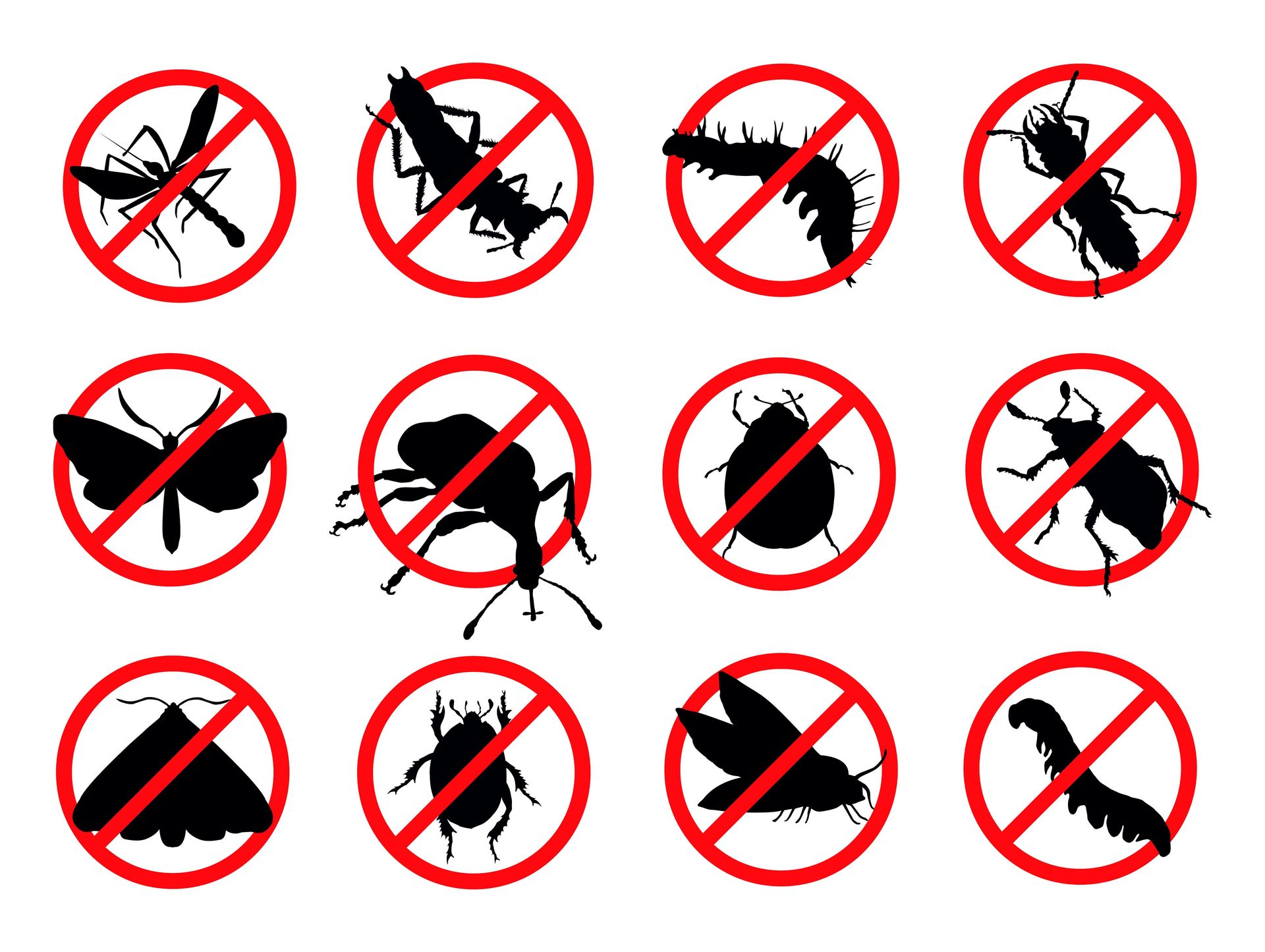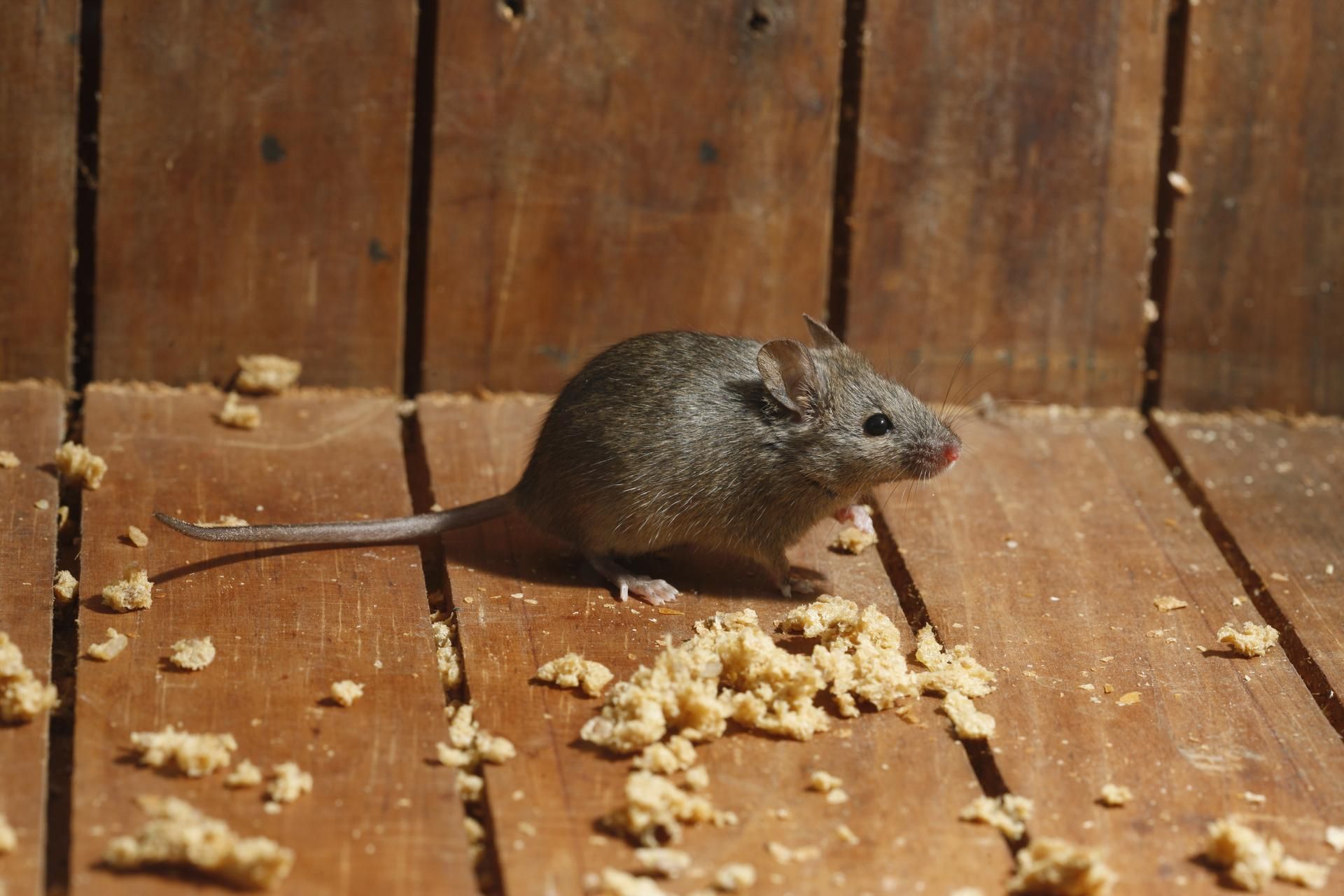Heat vs. Chemical Treatment: What’s the Best Option for Bed Bugs?
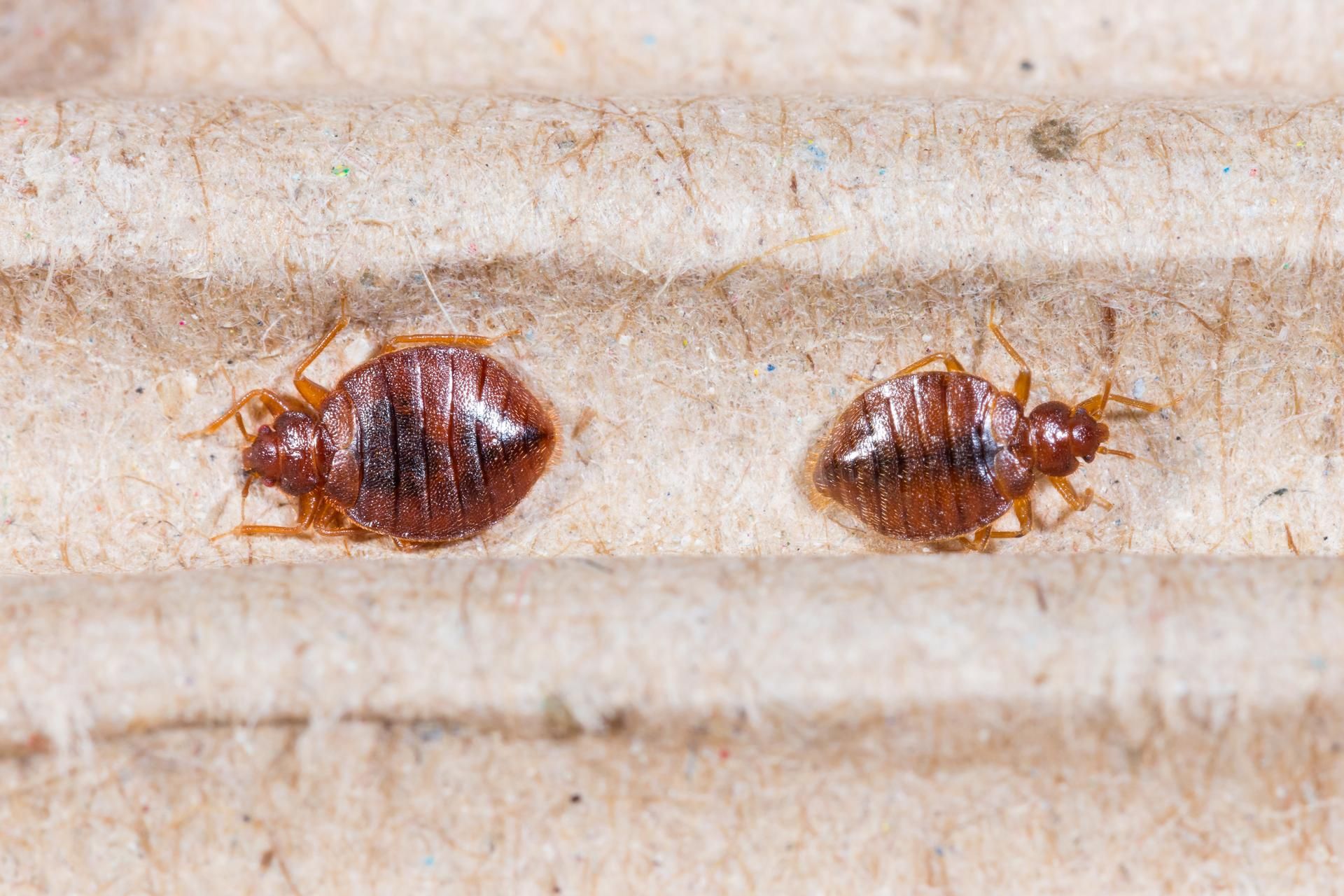
Dealing with bed bugs is a challenge that no homeowner wants to face. These small, elusive pests can quickly spread throughout a home, causing distress and discomfort. When confronted with a bed bug infestation, the immediate question that comes to mind is how to effectively eliminate them. Two of the most popular treatment methods are heat and chemical treatments.
Here's an in-depth look at both approaches to help you decide which treatment is right for your home.
Understanding Heat Treatment
Heat treatment involves raising the temperature in an affected area to levels that bed bugs cannot survive. This method leverages the fact that bed bugs and their eggs die when exposed to temperatures above 120°F for an extended period.
Professional pest control experts use specialized equipment to produce hot, dry air, ensuring that even the hidden nooks and crannies in your home reach lethal temperatures. The entire process can last several hours, ensuring a comprehensive eradication.
There are many advantages to using a heat treatment to kill off bed bugs. Heat can kill all stages of bed bugs in just one session, making it a quick solution. Heat is also an eco-friendly option that doesn't introduce potentially harmful substances into your living space. You can reach bed bugs in the smallest crevices, ensuring that hidden bed bugs are also eliminated.
However, there are some drawbacks to using heat treatment. The process can be more expensive upfront compared to chemical treatments, even though it may be a better solution overall based on your needs. There's also a risk to heat-sensitive items in the home, so some precautions are needed.
Delving into Chemical Treatment
Chemical treatments have been the traditional approach to pest control for years. They involve using specialized pesticides formulated to target bed bugs. Pest control professionals will apply these chemicals to all potential bed bug hideouts. These might include mattresses, furniture, and cracks in the walls or floors.
Many homeowners prefer chemical treatments because they are usually less expensive than heat treatments. In addition, some chemical treatments can provide protection against future infestations for a period after the application. This is due to the residue that is left behind from the chemical treatment.
Be aware that chemical treatments require multiple visits to completely eradicate an infestation. There is also a possibility that the bed bugs in your home have developed a resistance to certain pesticides, since this has happened in the past with DDT. While the chemicals used are EPA-approved, some homeowners have concerns about introducing even somewhat safer pesticides into their living environment.
Making the Right Choice
Choosing between heat and chemical treatments comes down to your specific needs, budget, and the extent of the infestation. Here are a few considerations to help guide your decision:
- Infestation Level: For extensive infestations, heat treatment may offer faster and more comprehensive results.
- Budget Constraints: If you're on a tight budget, a chemical treatment might be the initial way to go, but consider the potential need for multiple applications.
- Environmental Concerns: For those who prefer a greener solution, heat treatment is the chemical-free choice.
- Future Prevention: If you're looking for a solution that offers some degree of protection against future infestations, certain chemical treatments provide a residual effect.
Ultimately, the best approach may be a combination of both. Some pest control companies offer integrated pest management solutions, which combine heat and chemical treatments for maximum efficacy.
In any case, the key is to act swiftly. The sooner you address the problem, the easier and more cost-effective it will be to restore your home to a bed bug-free state. If you're unsure of the best course of action, consult with Patriot Pest Management, Inc to discuss the most suitable solution for your situation.


